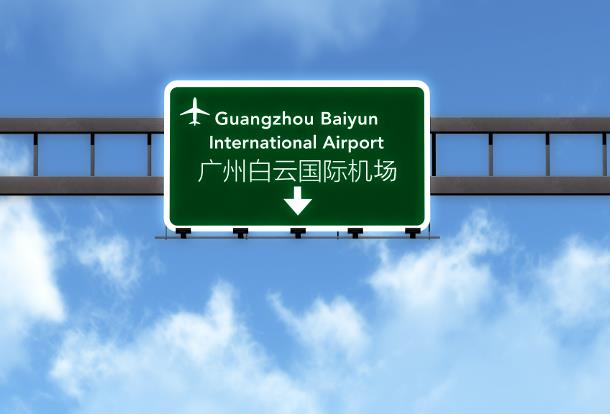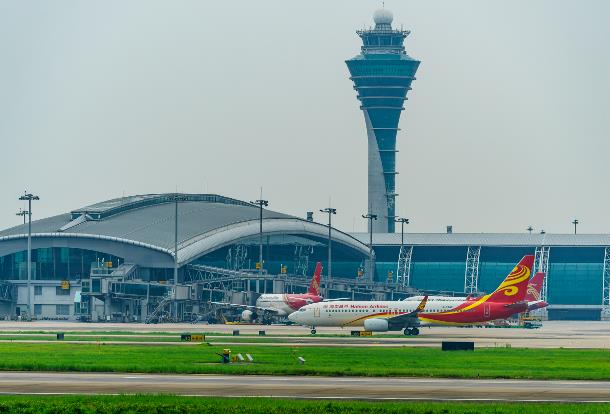ChinaTravelNews, Ritesh Gupta - If you are inclined towards evaluating how airlines plan and monetize their flight schedules and chart out their network connectivity, it surely is a fascinating exercise.
As much as it’s important to sustain competitive cost levels for running an airline, it is imperative to craft an apt methodology for fleet structure, scheduling, network planning etc. All such aspects, coupled with evaluation of external factors such as exchange rate volatility, oil price etc, can make or break a carrier’s performance.
Supporting a burgeoning market
For a market like China, which is being tipped to overtake the US as the world’s largest aviation market by 2033, (and will undoubtedly get there before 2033) aviation intelligence is of paramount importance. This is exemplified by the fact that carriers in China, especially the big groups, have been looking at strengthening their hub network strategy and are also increasing the frequency of a number of international and domestic routes.
The global aviation outlook is evolving, and China is at the forefront of this change, says Mark Clarkson, Business Development Director Asia Pacific at OAG.
Be it for the Australian Competition and Consumer Commission opting to give its nod for proposed alliance between Qantas and China Eastern Airlines, Delta Air Lines agreeing to buy 3.55% of China Eastern Airlines or the new airport construction project, Beijing Daxing International Airport (work slated to finish in 2018), China is set to capitalize on the demand. Another opportunity is to capitalize on its geographic location, for example, in the context of ties with U. S. carriers. According to OAG, figures for a week in April this year, indicated that Chinese carriers operated 140% more seats on flights to the US than they did five years back. In contrast, US carriers increased capacity for these routes by only 80% in the period.
“Strategic alliances (such as the one signed recently by Chinese carriers) bode well for China. If on one hand Qantas would get access to several points in China, China Eastern would also gain from learning about management functions through such tie-ups and vice versa,” said Clarkson.
OAG’s Schedules Analyser shared that passenger seat capacity rose to in excess of 500 million last year. This is mainly because of a robust domestic demand, accounting for almost 90% of the country’s carrier capacity. Also, China Southern, China Eastern and Air China dominate the seat capacity.
Carriers like Air China are categorically strengthening hub network. For instance, with the introduction of new international routes from Beijing to Washington, Yangon and Jeju, etc. and the Beijing-based hub carrier expanded its network coverage. Organic growth was supported by judicious use of time slots, deployment of wide-body jets etc.
Airlines need to analyze external data, and ensure various departments use it to their advantage.
A critical aspect is to make it work in conjunction, for instance collaboration between scheduling specialists and revenue management (RM) teams. How to minimize the potential conflict between RM and scheduling managers?
Data plays a vital role in such decision making. And the turnaround time for one to act on data related to schedules, connections, and passenger traffic flows has come down massively.
Turnaround time
At OAG, the response time (when change happens in airline’s data) hovers around 60-90 seconds for schedules data, says Clarkson.
“There are approximately 400 quality control checks for the data to be validated, and this all is done to ensure airlines and even indirect distribution specialists (for example, OTAs like Ctrip.com) can make decisions in real-time for their operations,” said Clarkson, referring to automation of delivery reports, moving on from the days of manual handling and validation. For instance, in China, OAG works with Ctrip.com and uses its OAG Dynamic Schedules for being in sync with flight schedules and seat capacity on routes that need to be evaluated. In addition, the online analysis tool, OAG Schedules Analyser delivers deep data analysis functionality for evaluating and deriving insight from airline schedules data. This now includes up to 20 years of historical data and one rolling year forward for true trend analysis.
Similarly, OAG also specializes in dynamic building of all global airline connection options, passenger traffic flows, movements and trends, etc. Such information is critical as airlines take pertinent decisions related to aircraft assignment, timing of flights, and management of pricing and fare availability.
As for competition in the market, again data plays its part. For instance, one needs to have a judicious assessment of the applicable market flows (origin and destination) and pragmatic expectations of reasonable market share to lock in via your operations.
Distribution of data
Talking of distribution of data related to fares and schedules going forward, especially in the wake of a new standard NDC, Clarkson expects a lot more automation and hassle free distribution. From the distribution perspective, he doesn’t expect the role of traditional players fading away soon. “There was a talk of GDS companies losing their edge, and were even referred to as being dinosaurs of the industry. But it is possible to file and sell products related to the flight through 3rd party channels, including through GDS. Carriers such as Ryanair and easyJet have strengthened ties with GDS companies. So, yes, with a new communication standard coming in and industry moving towards XML language, there would be streamlining of data distribution but it wouldn’t mean a drastic change in the functioning of the industry.”
Other than dynamic data and automation of reports, another core aspect of OAG’s offering is flight status.
According to the company, this database is updated with over 700,000 messages per day.
It features details about arrivals/departures, airborne/ touchdown times, cancellations, delays, gate changes, terminal changes etc.
With such information, airlines or indeed airports can manage their customer service operations more efficiently. And similarly, an OTA could make use of a data feed of real-time flight status information delivered directly into a host system, or an airline notifying changes to passengers via email or any other messaging medium.
“It is as important as any piece of information. A passenger is always on lookout for flight status information, whether that be a simple internet search or on site at the airport, be it for the time to leave for the airport, transit, connections, or the overall managing of the trip essential for the journey. It further has a deeper relevance for other travel suppliers, too, be it for hotels, car rental businesses or insurance companies,” shared Clarkson.




